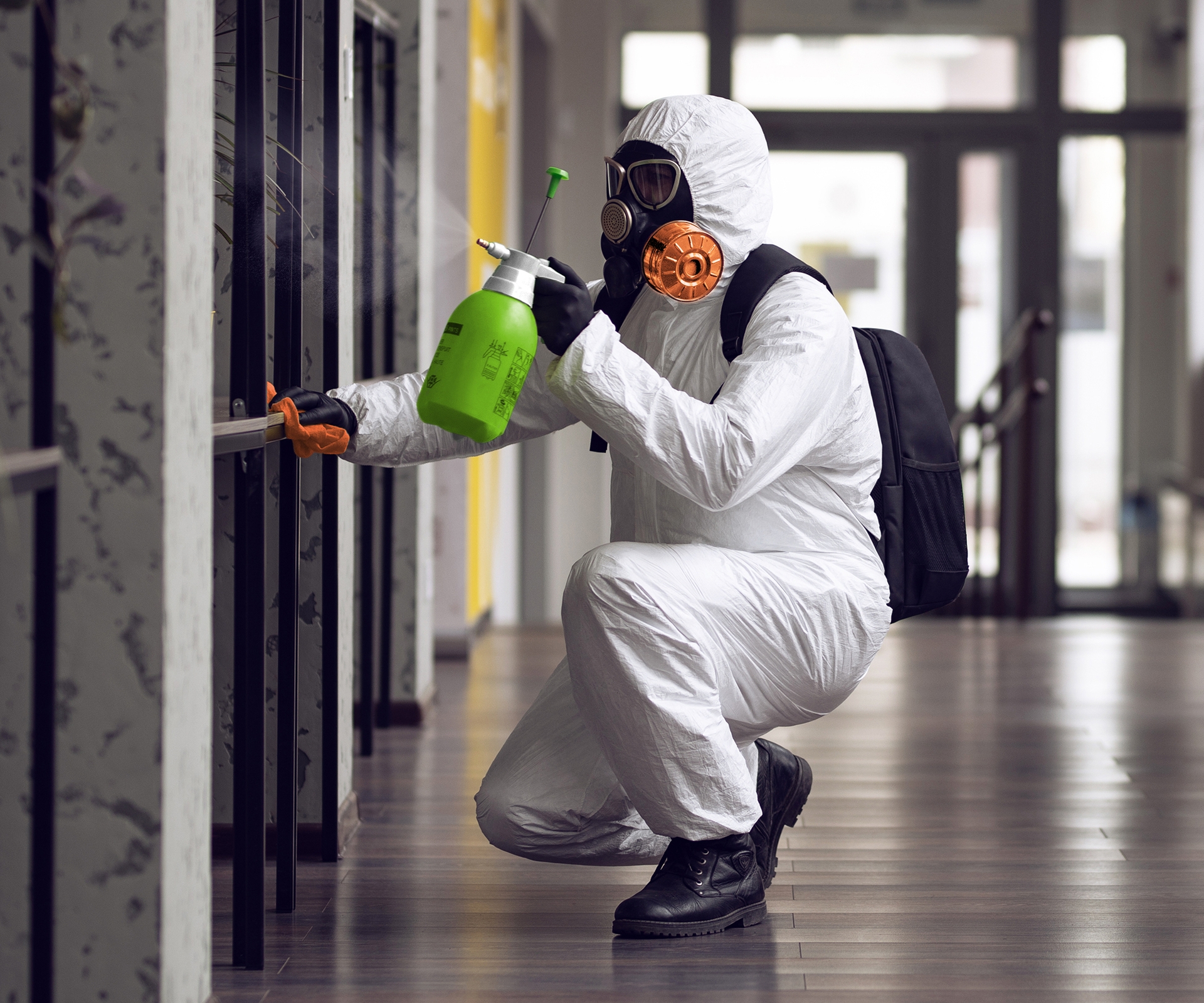Advice on What to Do After Mold Remediation
Wiki Article
Your Ultimate Guide to Message Mold Remediation Strategies
Browsing the realm of post-mold remediation techniques is a meticulous procedure that requires interest to detail and an extensive understanding of the complexities involved. In the aftermath of mold and mildew problem, understanding exactly how to efficiently eliminate the mold and stop its reoccurrence is vital for maintaining a healthy and balanced interior environment. From picking the ideal cleaning and decontaminating approaches to executing strategies for lasting mold avoidance, each action in the removal journey plays an essential duty in making certain an effective outcome. As we start this expedition of post-mold remediation strategies, we will reveal the crucial methods and best practices that can help you recover your space to its pre-mold condition and protect it versus future mold and mildew dangers.Understanding Post-Mold Remediation Refine
After completing the mold remediation process, it is vital to recognize the post-mold removal methods that are needed to make sure a reliable and detailed cleaning. When the mold has been removed, the following action includes cleaning and disinfecting the influenced locations to stop any type of regrowth of mold. This includes making use of specialized cleansing representatives to wipe down surfaces and eliminate any type of remaining mold and mildew spores. It is vital to dry the area completely to prevent the development of mold and mildew in the future (Post Remediation verification). Proper air flow and dehumidification can help in this process.
In addition, carrying out a last evaluation post-remediation is essential to guarantee that all mold and mildew has been effectively eradicated. This assessment should include a complete visual check in addition to possibly air tasting to confirm the lack of mold spores airborne. If the evaluation discloses any type of sticking around mold, additional removal may be necessary. Lastly, enlightening occupants on precautionary measures such as managing wetness levels and immediately addressing any water leaks can help maintain a mold-free setting.
Effective Cleaning and Decontaminating Approaches

Protecting Against Future Mold And Mildew Growth

Value of Correct Air Flow
Proper air flow plays an essential role in avoiding wetness accumulation, a key consider mold growth within indoor environments. Efficient air flow systems aid get rid of excess humidity from the air, minimizing the possibilities of mold spores locating the wetness they need to sprout and spread. Without ample ventilation, interior areas can become a breeding place for mold, bring about prospective wellness dangers and architectural damage.By making certain appropriate air circulation, ventilation systems can additionally help in drying out moist locations much more promptly after water damage or flooding occurrences, even more hindering mold growth. Post remediation mold testing near me. Precede like restrooms, cooking areas, basements, and attics where moisture levels have a tendency to be greater, installing and preserving reliable ventilation systems is important in protecting against mold problems

Tracking and Upkeep Tips
Offered the essential role that appropriate ventilation plays in protecting against mold and mildew growth, it is necessary to develop reliable surveillance and upkeep tips to ensure the ongoing capability of air flow systems. Routine evaluations of ventilation systems should be carried out to look for any indicators of obstructions, leaks, or breakdowns that might impede proper airflow. Tracking humidity degrees within the residential or commercial property is additionally important, as high humidity can add to mold and mildew growth. Installing a hygrometer can assist track moisture degrees and sharp house owners to any kind of spikes that may call for attention. In addition, ensuring that air filters are on a regular basis cleansed or replaced is important for keeping the effectiveness of the ventilation system. Implementing a schedule for regular maintenance jobs, such as duct cleansing and heating and cooling system examinations, can help stop concerns before they intensify. By remaining conscientious and proactive to the condition of ventilation systems, homeowner can effectively reduce the danger of mold and mildew regrowth and keep a healthy and balanced indoor environment.
Final Thought
In verdict, post-mold removal strategies are essential for making certain a clean and risk-free atmosphere. Comprehending the procedure, implementing effective cleaning and decontaminating methods, avoiding future mold growth, maintaining appropriate air flow, and routine monitoring are all important action in the remediation process. By following these standards, you can successfully remove mold and mildew and stop its return, functioning or promoting a healthy living space for all owners.In the results of mold and mildew infestation, understanding exactly how to effectively get rid of the mold and stop its reoccurrence is vital for maintaining a healthy and balanced indoor atmosphere. Once the mold has actually been eliminated, the following step entails cleaning and sanitizing the affected areas to prevent any regrowth of mold - After mold remediation. After removing visible mold and mildew growth, it is important to cleanse all surfaces in the afflicted location to remove any staying mold and mildew spores. To further enhance mold avoidance actions, it is important to attend to underlying issues that at first led to mold and mildew growth.Offered the crucial function that correct air flow plays in preventing mold growth, Post Mold remediation cleaning it is imperative to establish effective tracking and upkeep pointers to make certain the continued functionality of ventilation systems
Report this wiki page